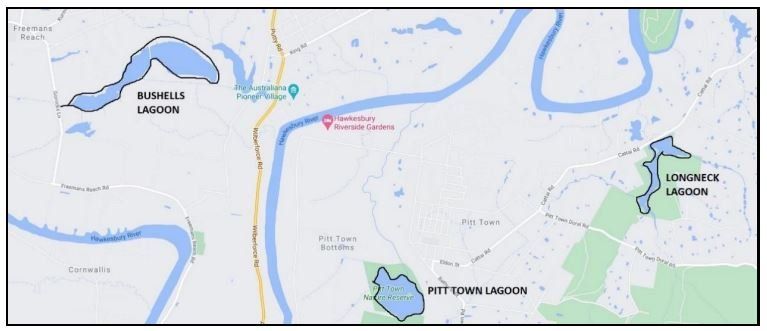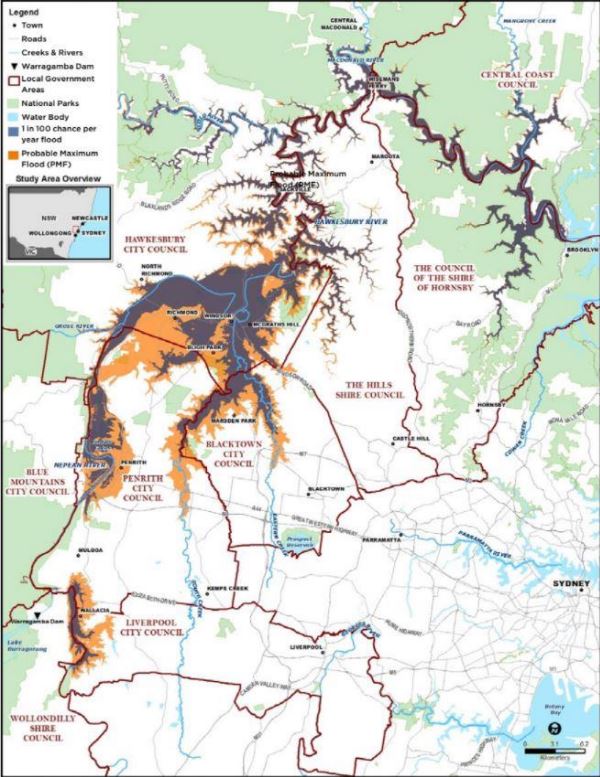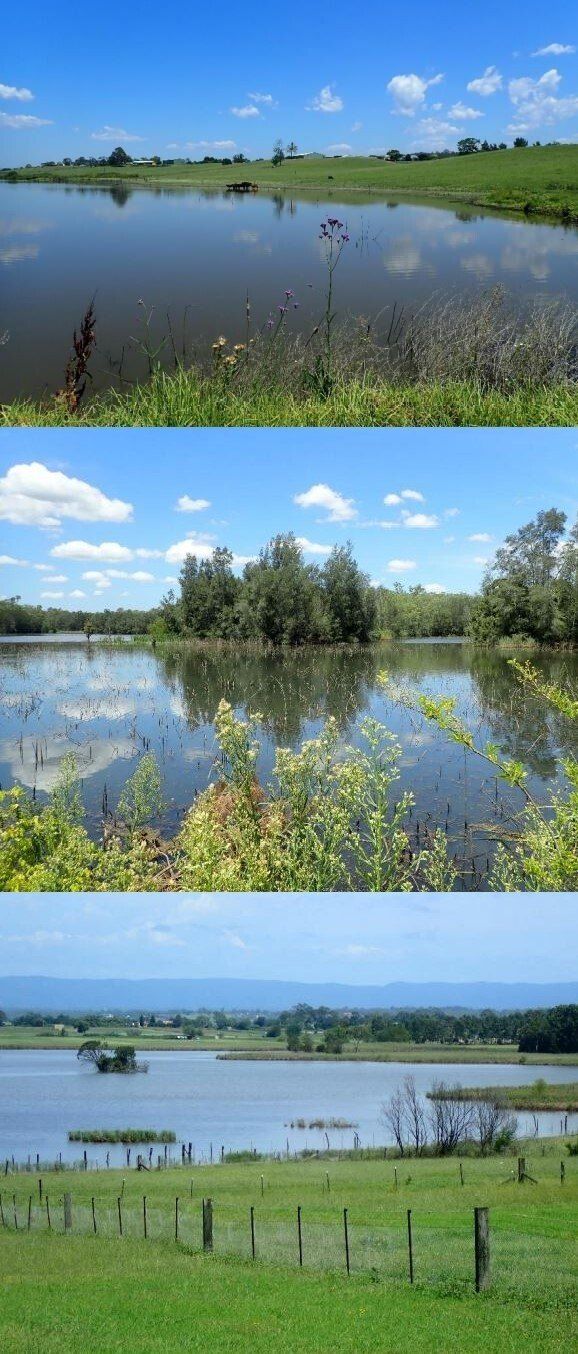Manali Kherodiya
I aspire to become a global leader for clean water supply and better sanitation. My career goals involve taking up various roles in the industry and utilise my skills in delivering clean water to both urban and rural communities by providing sustainable water solutions involving storm-water and wastewater. My extracurricular life include playing cricket and currently captaining university grade team.
The project involves studying and analysing the Historical Significance of Wetlands of Hawkesbury on Social, Environmental and Economic aspects within the Community.
The Hawkesbury-Nepean network has more than 30 wetlands, and for the following research three wetlands were chosen based on the availability of data within the limited timeframe. The selected wetlands includes: Bushells Lagoon, Longneck Lagoon and Pitttown Lagoon which can be seen in the attached pictures. Initially, the historical data, flora and fauna and water quality data of the chosen wetlands were collected from the Hawkesbury-Nepean Landcare Network and by talking to the locals around the wetland to collect some historical information. A few bird clubs and ecology consultants were reached out to collect the information around the flora and fauna for these wetlands over the years. Water quality results were collected from earlier research done to make comparison to current water quality situation.
Due to Covid-19 protocols, I started to work on software-based analysis to carryout water balance for these wetlands to interpret the inflow and outflow from the lagoons, as a major issue for the wetlands over the year has been bone-dryness during the hot weather. This was carried out using the BOM website to collect rainfall and evapotranspiration data from the Richmond rainfall station and a water balance was prepared accordingly.
I visited the lagoons along with ecology experts to list the plant and animal species seen around and comparing to the species earlier, there was a significant decline in the plant and bird species around the wetland and this has been caused due to heavy floods in the Hawkesbury plain and bone-dryness leading to migratory birds losing their habitat.



